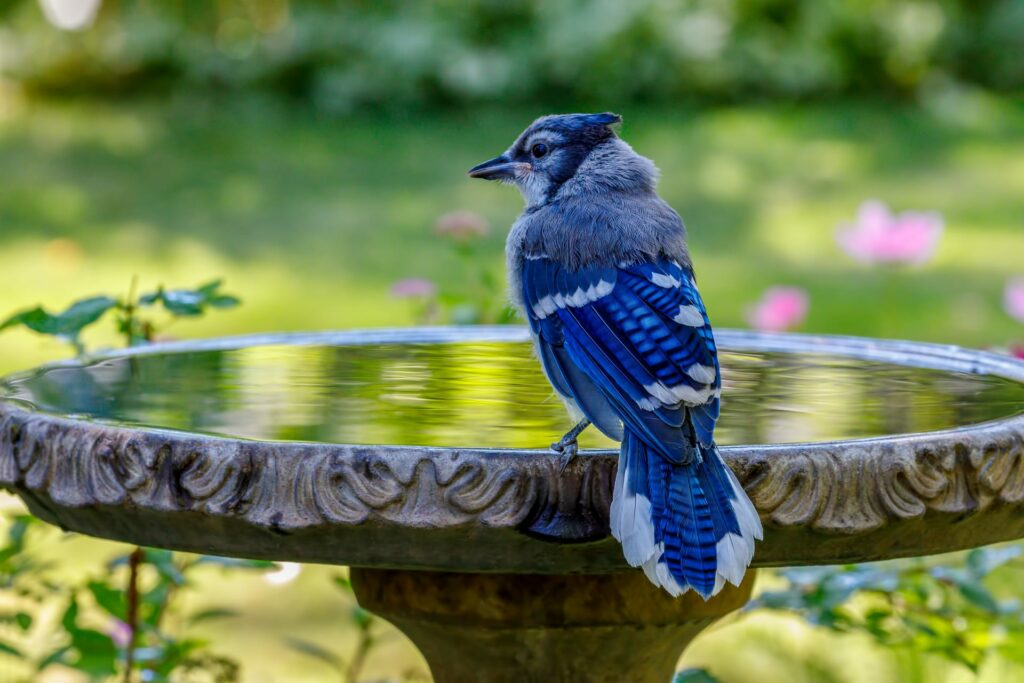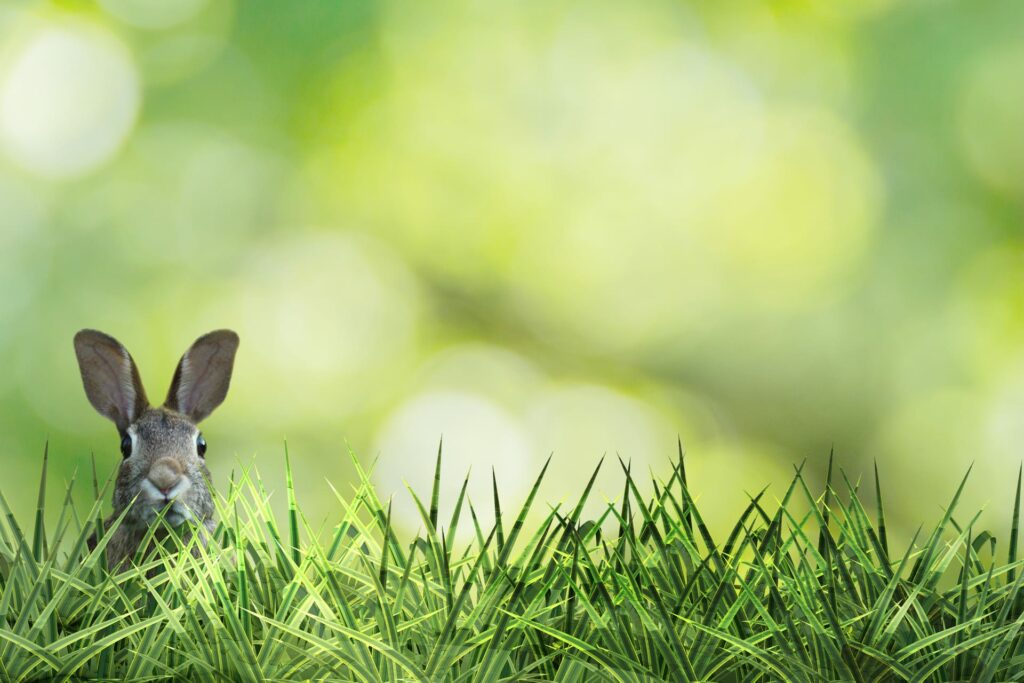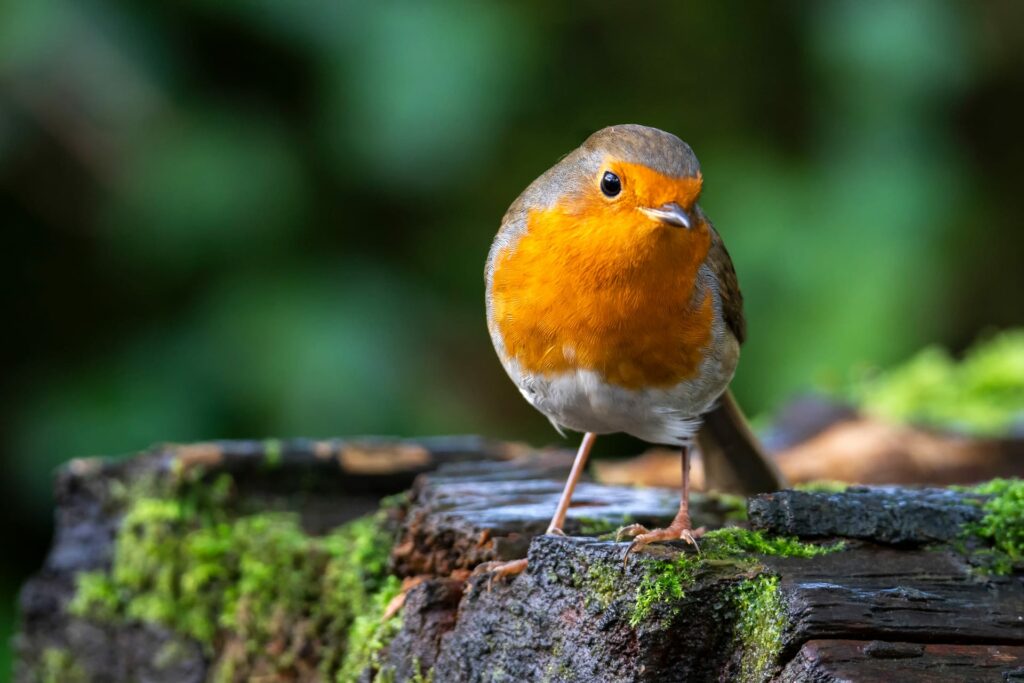The Comprehensive Guide to Building a Thriving Ecosystem in Your Backyard
In the increasingly urbanized world we live in, creating a sanctuary for local wildlife in our yards is not just a whimsical pursuit, but a crucial step towards supporting biodiversity. Whether you’re a seasoned gardener or a novice, you can design a landscape that not only enhances the aesthetic appeal of your home but also contributes positively to the local ecosystem. Here’s how you can create a wildlife-friendly landscape that attracts birds, bees, and butterflies, and helps you reap the multitude of benefits such a landscape offers.

Understanding the Importance of a Wildlife-Friendly Landscape
The value of a wildlife-friendly landscape extends beyond the joy of watching butterflies flit around or hearing birds sing. It contributes to a more sustainable world in several ways.
Conservation of Biodiversity
With urban expansion and loss of natural habitats, our backyards can serve as vital micro-habitats. By planting a variety of native species, we can provide food and shelter to a host of local fauna, contributing to the preservation of biodiversity.
Organic Pest Control
When you create a balanced ecosystem in your backyard, nature handles pest control for you. Birds, bats, and beneficial insects feed on pests that can otherwise wreak havoc on your plants.
Promoting Pollination
Attracting bees, butterflies, and certain bird species to your garden aids in plant pollination. These pollinators are vital for the reproduction of many plants, helping your garden bloom and yield fruits and seeds.
Educational and Aesthetic Value
A wildlife-friendly garden is an outdoor classroom where both children and adults can learn about different species and their behaviors. Additionally, the variety of wildlife adds dynamism and color to your garden, enhancing its aesthetic appeal.
Creating the Perfect Wildlife Habitat: Key Elements

Designing a garden that attracts a diverse range of wildlife involves more than just selecting a few plants. It’s about creating an ecosystem that provides for the various needs of wildlife – food, water, shelter, and breeding spaces.
Food Sources
Aim to provide a year-round food supply by planting a variety of species that produce nectar, pollen, seeds, and berries at different times of the year. For example, Black-Eyed Susans and Coneflowers are excellent for attracting bees and butterflies, while berry-producing bushes like Serviceberry and Dogwood are a favorite of many bird species.
Shelter and Breeding Spaces
Different species require different types of habitats. Trees and shrubs, for example, provide nesting and perching spots for birds. A pile of leaves or logs can serve as a sanctuary for various beneficial insects. A small pond or a bird bath can attract an array of wildlife, from birds and amphibians to insects like dragonflies.
Water Supply
All wildlife needs water to survive. A small pond, a bird bath, or even a shallow dish of water can serve as a drinking spot. Remember to keep the water clean and fresh to prevent the spread of diseases.
Use of Native Plants
Native plants are adapted to the local climate and soil conditions, and they have co-evolved with the local wildlife, making them the ideal choice for a wildlife-friendly garden. They are generally more resistant to local pests and diseases, reducing the need for chemical pesticides that can harm wildlife.
Maintaining Your Wildlife-Friendly Garden
Organic Maintenance Practices
A wildlife-friendly garden is best maintained organically, without the use of chemical pesticides and fertilizers. These chemicals can harm the wildlife you’re trying to attract and disrupt the natural balance of your garden’s ecosystem. Instead, consider using organic fertilizers and pest control methods.
Creating a Balanced Ecosystem
The key to a healthy, thriving garden is balance. This means encouraging a variety of species to keep any one population from becoming too dominant. For example, having a good mix of predator and prey insects can keep harmful pests in check.

Providing Year-Round Interest
To keep wildlife visiting your garden all year, include a variety of plants that offer food and shelter throughout the seasons. Evergreen plants can provide shelter during the winter, while plants that produce berries or seeds in the fall can provide food when other sources are scarce.
Examples of Wildlife-Friendly Plants
The choice of plants for your wildlife-friendly garden will depend on your local climate, soil, and wildlife species. However, here are some general suggestions to get you started:
Flowering Plants
Choose a variety of flowering plants that bloom at different times to provide a continuous source of nectar and pollen. Some great choices include Milkweed, Coneflowers, and Black-Eyed Susans for attracting butterflies and bees.
Trees and Shrubs
Trees and shrubs like Serviceberry, Dogwood, and Oak provide excellent habitats and food for a variety of birds. They offer nesting sites, protection from predators, and a source of food in the form of berries, nuts, and seeds.
Ground Cover
Low-growing plants like Creeping Thyme and Sedum can provide cover for ground-dwelling insects and small animals. They also help prevent soil erosion and reduce the need for mulching.
Water Plants
If you’re including a pond in your landscape, consider adding some water plants. Water lilies, cattails, and duckweed can provide habitat and food for a variety of aquatic insects, amphibians, and birds.
Conclusion
Creating a wildlife-friendly landscape is a rewarding endeavor that not only enhances the beauty and value of your property but also contributes to the preservation and sustainability of local ecosystems. By providing the right elements—food, shelter, water, and a variety of native plants—you can create a dynamic, thriving habitat right in your backyard. Whether you’re watching a butterfly flit from flower to flower, listening to the cheerful song of a bird, or observing the industrious work of bees, a wildlife-friendly garden offers endless opportunities for discovery, learning, and enjoyment.